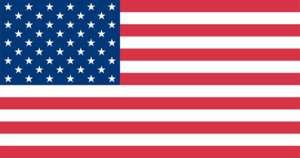I would argue that Sunday is the most conflicting day of the week. It’s the last day of freedom before Monday, a day that is introduced with an intrusive yet essential beeping that sneaks into my dreams as a car alarm, a phone call, or a door bell, to remind me of reality and responsibility. The purpose of a Monday is clear, whereas a Sunday’s identity is split into two: do I sleep in, have a late brunch, and watch some telenovelas with my host mom? Or do I wake up early, go to a café, and let my fingers carry the day away searching for definitions of Spanish words and phrases, creating essays, and analyzing short stories from brilliant Latino authors who blow me away with their complexity and ability to think beyond this dimension of time and space, like a script from the Twilight Zone?
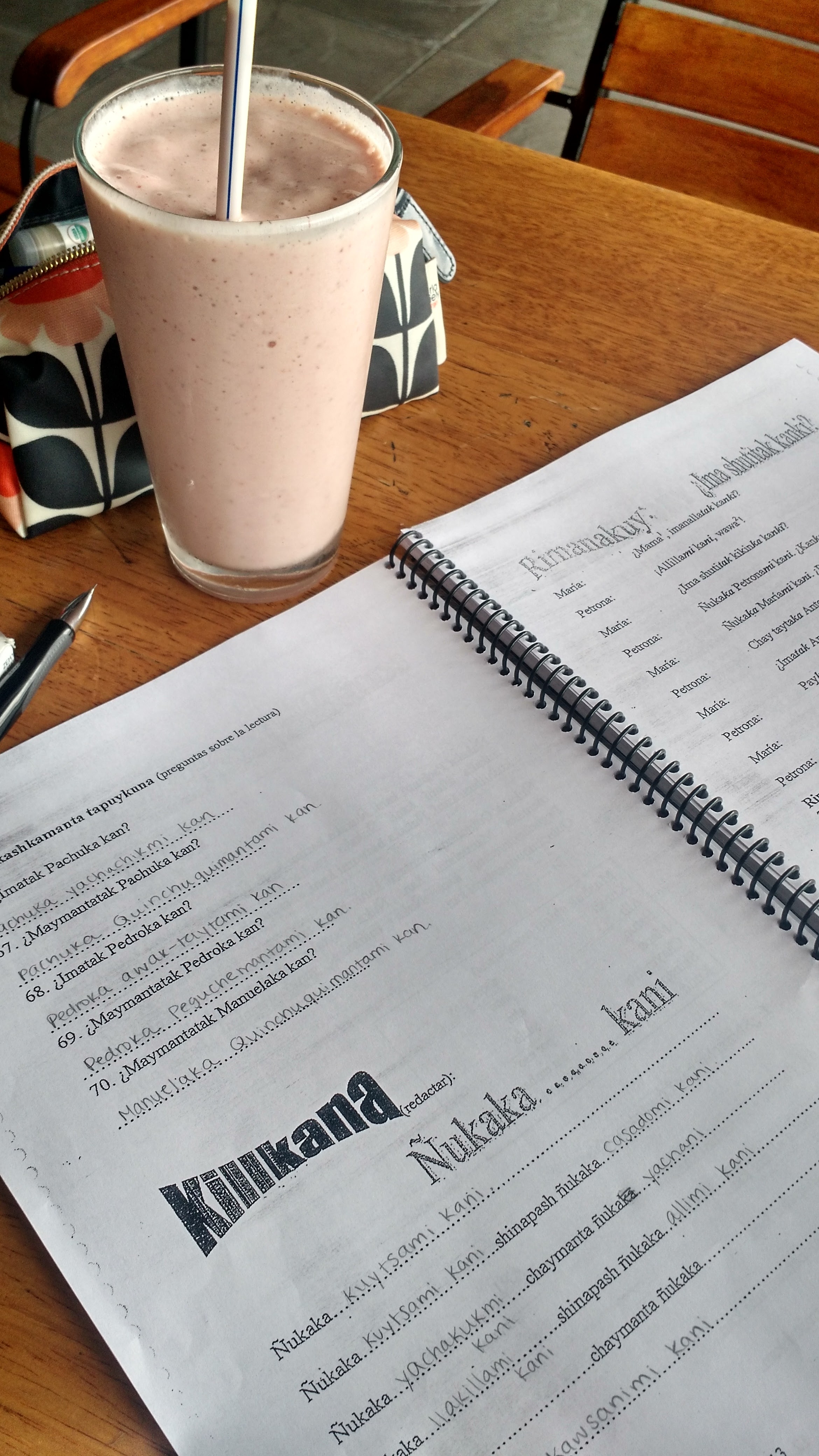
A productive Sunday with a delicious strawberry, mango, and banana batido (smoothie) and some Kichwa (an indigenous language that is primarily spoken in the Andean region and is a recognized regional language in Ecuador) homework.
Despite all of the differences between countries, cultures, and generations, I know that I can count on the destiny of any given Sunday being unclear for gringos and Ecuadorians alike. From Sunday trips to El Parque Carolina, to plans to meet up for lunch or explore downtown, there’s always some number of people not wanting to face the reality of a Sunday, similar to my experiences in college in the U.S., especially as a resident assistant. From my own personal perspective, the double-sided identity of a Sunday is one of the most beautiful aspects of being a human – and the similarity here in Ecuador to a Sunday in the United States has helped me realize that my infatuation with this day of the week is something that unifies my experience in the world with many others, even those living in another continent. It has also awakened me to realize that everyone needs a break sometimes, and that no one should feel guilty about it.
I hope that this post will inspire people to enjoy their upcoming Sunday, instead of worrying about the Monday that follows it. Although last Sunday was not an academically productive day for me, it was a day that I will never forget. It was the first time I had ever climbed a volcano, and I felt like I was on top of the world – a tiny gringa in a huge city, just taking it one adventure at a time.
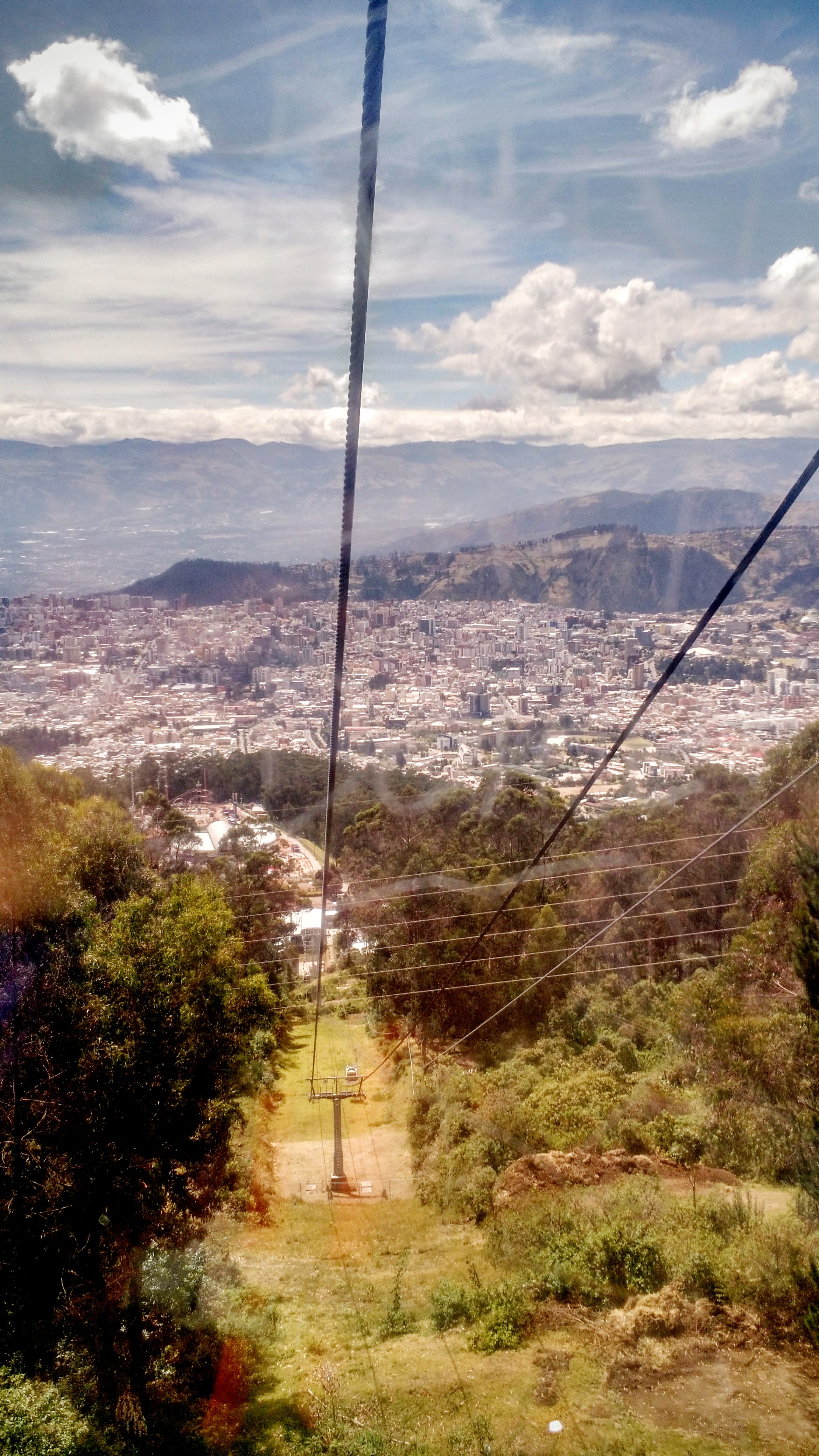
Views from the TelefériQo!
Pichincha Volcano is an active stratovolcano in Ecuador. Its two highest peaks are Wawa Pichincha (wawa is kichwa for child or baby) which is approximately 15,696 feet high, and Ruku Pichincha (ruku is kichwa for old person) which is approximately 15, 413 feet high. Luckily we did not have to hike from the bottom, since there is a gondola lift known as the TelefériQo, one of the highest aerial lifts in the world, rising from 10,226 feet to 12,943 feet. From there, we started our ascent to the top of Ruku Pichincha.
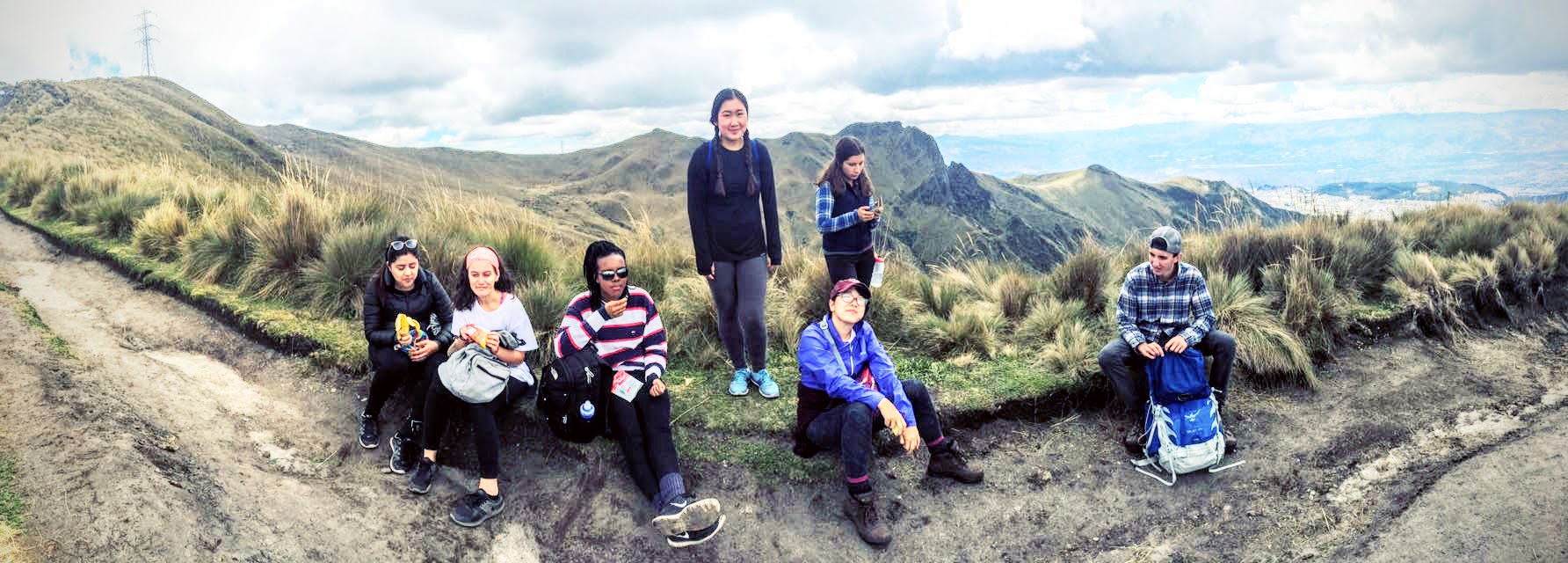
Taking a break on the way up the volcano. Lots of water, snacks, and layers needed for this trip!
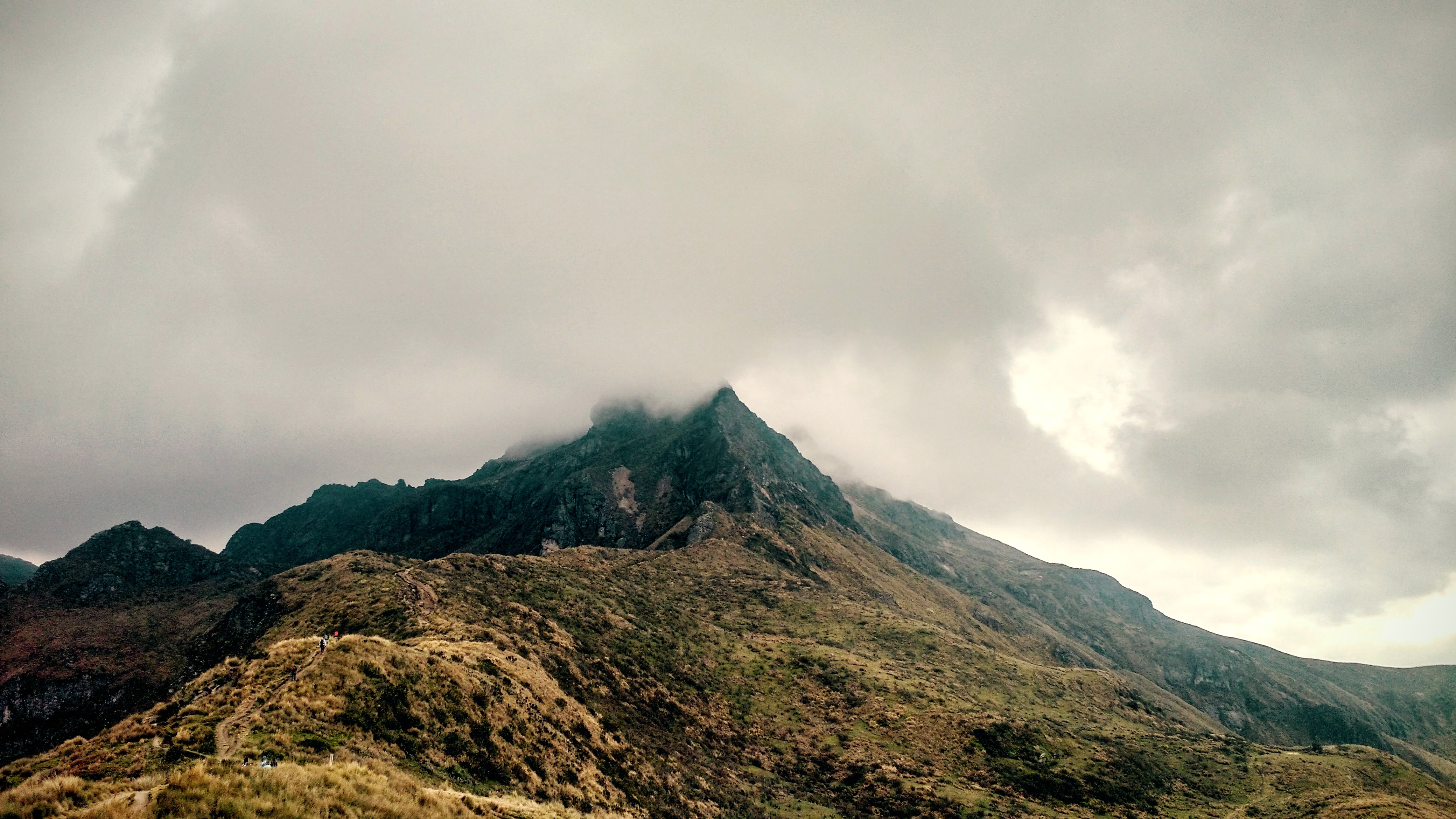
Slightly intimidating goal…
As we got closer and closer to the top, the wind become harsher, but was still refreshing. When it wasn’t covered by clouds or fog, the sun beamed down on my skin, warming me to my core, inspiring me to continue trekking to the top of Ruku’s peak. After several stops for snacks, water, taking off and putting on layers, and of course, posing for pictures and admiring the breathtaking views, my friend Stephanie and I finally made it to the top of Ruku Pichincha. The group that we started with split up a little bit based off of pace and comfort level. It took us about 4 and a half hours to make it to the peak, but when we stepped foot on the top of the summit and saw the sign welcoming us to the la cumbre (the top), a gust of wind full of joy and pride whisked by me and as I took a deep breath in, this wind sent chills from the bottom of my toes to the tips of my fingers, and I knew that I made the right decision to make this Sunday a beautiful and inspiring day for myself. It was a day unlike any other, surrounded by the natural beauty of the country that is my home for the semester, as well as wonderful and supportive friends with whom I shared a common goal: to push ourselves, together and individually, to greater heights than we had ever gone before.
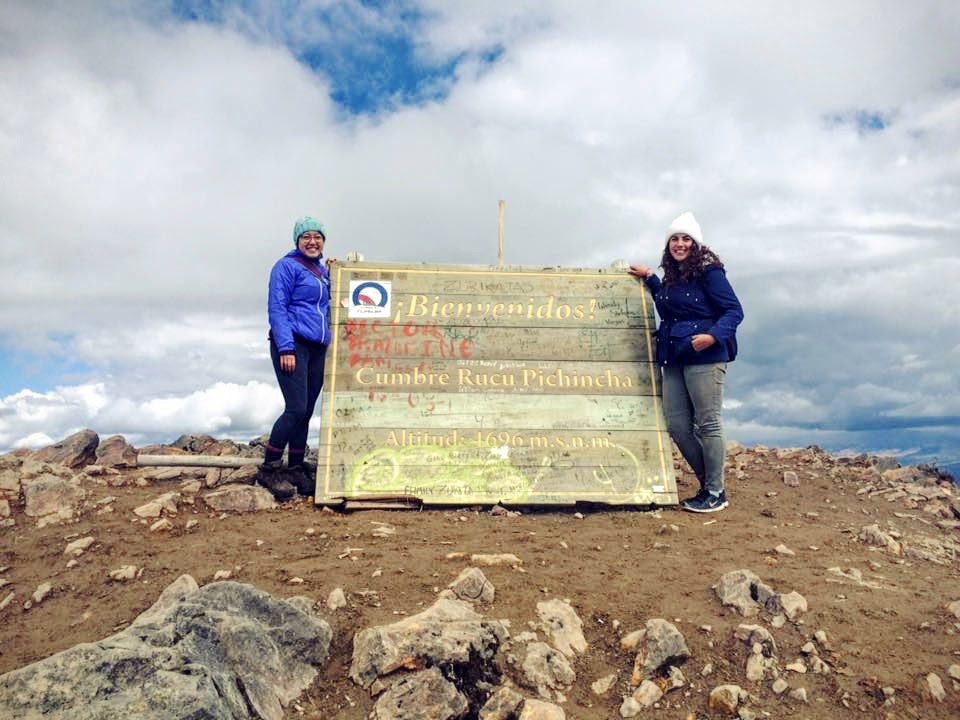
We did it! After some slightly sketchy rock climbing. But as they say in Ecuador, así es la vida (such is life).
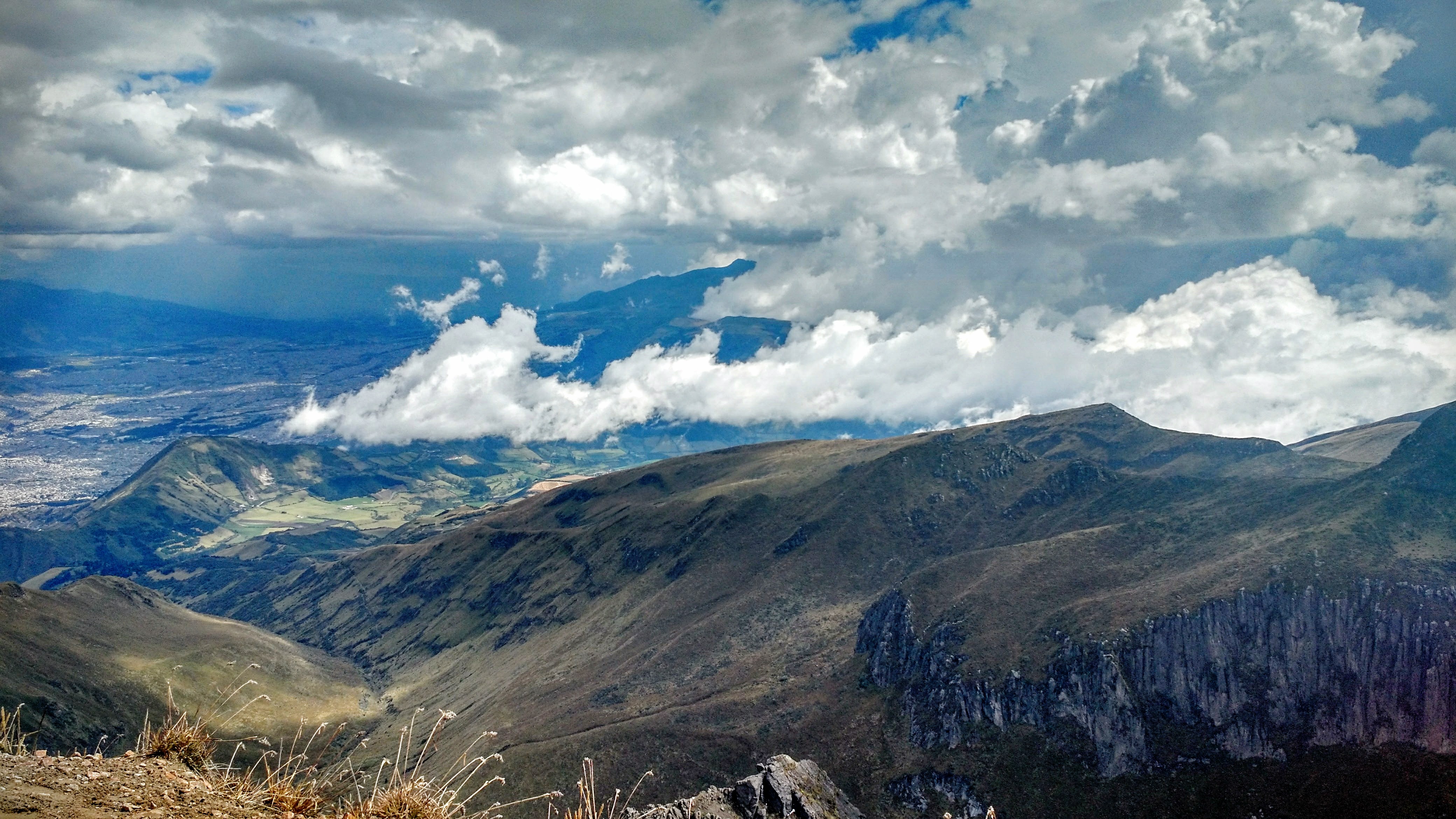
And life is so, so worth it.


